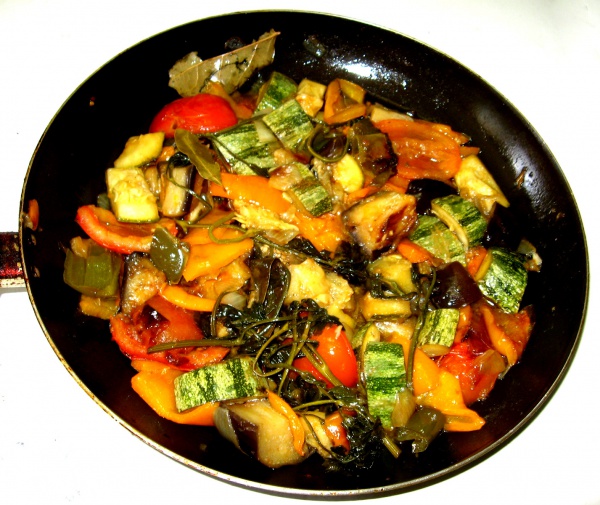Facts About Ratatouille
Ratatouille is a classic French vegetable stew that originates from Nice and is often referred to as ratatouille niçoise. This vibrant dish typically includes tomatoes, garlic, onions, zucchini, eggplant, bell peppers, and an assortment of leafy green herbs that are common in the region.
The name "ratatouille" has an intriguing origin. It derives from the Occitan word "ratatolha" and is linked to the French verbs "ratouiller" and "tatouiller" both of which are related to the verb "touiller" meaning "to stir up."
The version of ratatouille as we know it today, featuring sautéed garlic, onions, zucchini, eggplant, bell peppers, and herbs, didn't emerge until around 1930. Sources such as The Guardian and Larousse Gastronomique indicate that there are various methods of preparing this dish. Some traditionalists prefer to cook each vegetable separately before combining them, which helps each flavor stand out and contributes to a creamy texture.
Ratatouille has counterparts in many other cuisines worldwide. For instance, there's pisto in Spain, samfaina in Catalonia, caponata in Italy, briám in Greece, şakşuka in Turkey, lecsó in Hungary, ghiveci călugăresc in Romania, and zaalouk in Morocco. Even in the Indian subcontinent, you can find similar dishes like Undhiyu in Gujarat, Avial in Kerala, and Sukto in Bengal.
A notable variation of ratatouille is confit byaldi, which was created by the renowned French chef Michel Guérard. This version adds a modern twist to the traditional recipe, showcasing the versatility and enduring appeal of this beloved vegetable stew.

 Andorra
Andorra